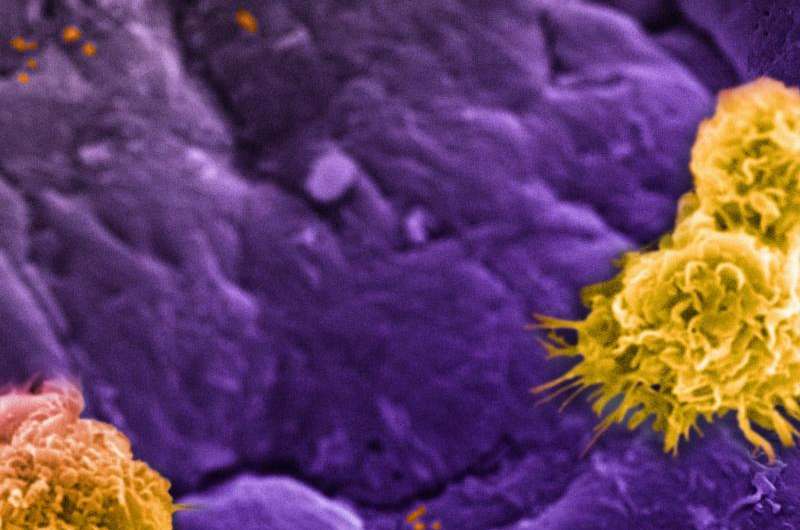Tailoring nanoparticles to evade immune cells and prevent inflammatory response

A Houston Methodist-led research team showed that the systemic administration of nanoparticles triggers an inflammatory response because of blood components accumulating on their surface. This finding may help researchers create more effective ways to avoid activating the immune system and more precisely direct therapies in patients.
In the journal ACS Nano, the team of nanomedicine and regenerative medicine scientists recently described how specially-engineered nanoparticles (leukosomes) injected into mice can prevent the formation of a layer of biomolecules (protein corona) around their surface. The body's natural defense response to the formation of this protein is to filter out the foreign objects, in this case the nanoparticles. The presence of immune system regulators, known as macrophage receptors, on the surface of the leukosomes improved the amount of time these nanoparticles remained in the body to reach their target.
Last year, Ennio Tasciotti, Ph.D, senior author and director of the Center for Biomimetic Medicine at Houston Methodist Research Institute and team created these leukosomes and evaluated their ability to treat localized inflammation (May 23, 2016, Nature Materials). Leukosomes are able to target inflamed tissues because their design mimics immune cell membranes.
"Now we have a clearer understanding of how to use our leukosomes to evade those immune cells and prevent the body's inflammatory response," Tasciotti said. "We've known overactive immune cells can behave like Pac Men, gobbling up the nanoparticles and ridding the body of these 'foreign invaders' before they reach the intended target."
Learning how to treat inflammation by overcoming the body's own defense mechanisms may lead to broader applications for treating diseases characterized by inflammation such as cancer, cardiovascular and autoimmune diseases.
While the research in ACS Nano helps to improve understanding of the overall properties of leukosomes, further studies are needed to confirm the benefits to patients and ways to prevent the human body from rejecting targeted therapies.
More information: Claudia Corbo et al. Unveiling the Protein Corona of Circulating Leukocyte-like Carriers, ACS Nano (2017). DOI: 10.1021/acsnano.7b00376
Journal information: ACS Nano , Nature Materials
Provided by Houston Methodist



















